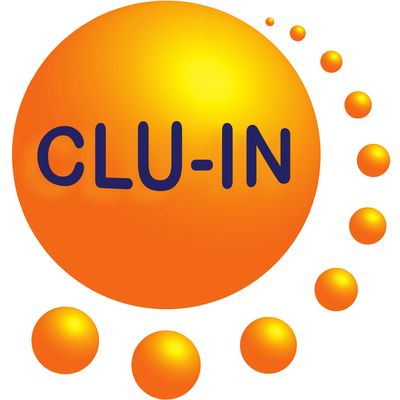Since 1998, The Contaminated Site Clean-Up Information (CLU-IN) website has presented Internet Seminars covering a wide variety of technical topics related to hazardous waste characterization, monitoring, and remediation. For each seminar topic, we have selected the highest-quality offering for placement in our archives. Beginning in May 2005, we began offering these archives via podcast, and this feed contains all seminars archived in the last 6 months. For a complete list of seminars archived since 2000 and videos of selected seminars archived since 2012, please visit http://clu-in.org/live/archive/. Our Rehabilitation Act Notice for reasonable accommodation is available at http://clu-in.org/training/accommodation.cfm. CLU-IN was developed by the U.S. Environmental Protection Agency (EPA) but is intended as a forum for all waste remediation stakeholders. For more information and to view upcoming live offerings, please visit http://clu-in.org/live/. For a complete list of RSS feeds available on CLU-IN, please visit http://clu-in.org/rss/about/.
http://www.clu-in.org/live/archive
Audio for "FRTR Spring 2020 Meeting, Session 1: Bioremediation Advances - New Strategies, Optimization, and Performance Monitoring," May 29, 2020
The Spring 2020 meeting of the Federal Remediation Technologies Roundtable (FRTR) will be held as a two-part webinar on Friday, May 29 and Friday, June 5, 2020. As always, FRTR meetings are open to the public. FRTR's objectives for this meeting are to: Review the state of the practice of bioremediation: Broad overview of where it is commonly applied, where it is still experimental, and what are the challenges. Discuss advances in bioremediation for organic and inorganic contaminants, including new approaches, optimization, and tools for monitoring technologies to determine successful performance. Review brief case studies to demonstrate how new technologies are being applied and optimized. Session 1: Overview and Organic Contaminants Overview of In-Situ Bioremediation Challenges and Technology Advancements Abstract: This presentation will cover a brief overview of common challenges to the effective implementation of in-situ bioremediation projects for organic contaminants, as well as more recent technologies available to address these challenges or improve treatment performance. Specific topics to be covered include: alternative amendments to common single carbon sources; potential causes and actions to address limited or slow degradation of 1,2-dichloroethene and vinyl chloride; and amendment delivery in lower permeability, heterogeneous geology. A couple of short case studies of specific technologies implemented at Army sites will be included, as well as useful references/weblinks. Case Studies of Advances in Bioremediation of Organics: Part 1 Abstract: This presentation will provide information on monitoring programs including the application of advanced tools associated with in situ bioremediation. Specific examples will be provided as well as additional information on advanced delivery mechanisms. Recent advances and applications of the cometabolic treatment and natural attenuation of emerging contaminants such as 1,4-dioxane will also be presented. Case Studies of Advances in Bioremediation of Organics: Part 2 Abstract: Several case studies will be presented that highlight advances in bioremediation approaches and performance monitoring for contaminants that include chlorinated ethenes, chlorinated benzenes, and per- and polyfluoroalkyl substances (PFAS). In the first case study, a bioremediation approach combining anaerobic and aerobic cultures, bioaugmented together on granular activated carbon in a passive reactive barrier, was developed and field tested for treatment of chlorinated benzenes at aerobic-anaerobic interfaces. The next two case studies focus on bioremediation of chlorinated ethenes in fractured rock and include (1) using microbial community analyses to track the effects of bioaugmentation and cause of DCE/VC stall in permeable units and (2) developing a field borehole test/modeling approach to quantify diffusion and degradation in unfractured matrix, with a focus on defining biodegradation rates at the matrix surface. Lastly, new laboratory research on anaerobic PFAS biodegradation with chlorinated solvent co-contaminants will be presented. Some of the bioremediation assessment techniques that will be highlighted include passive microbial community collection, in situ microcosms with Bio-Traps® to utilize molecular biology and stable isotope probing tools, advanced qPCR methods, and next generation sequencing. Join us for Session 2 on June 5th: Current Research and Inorganic Contaminants (registration required). To view this archive online or download the slides associated with this seminar, please visit http://www.clu-in.org/conf/tio/FRTRSpring20-1_052920/
